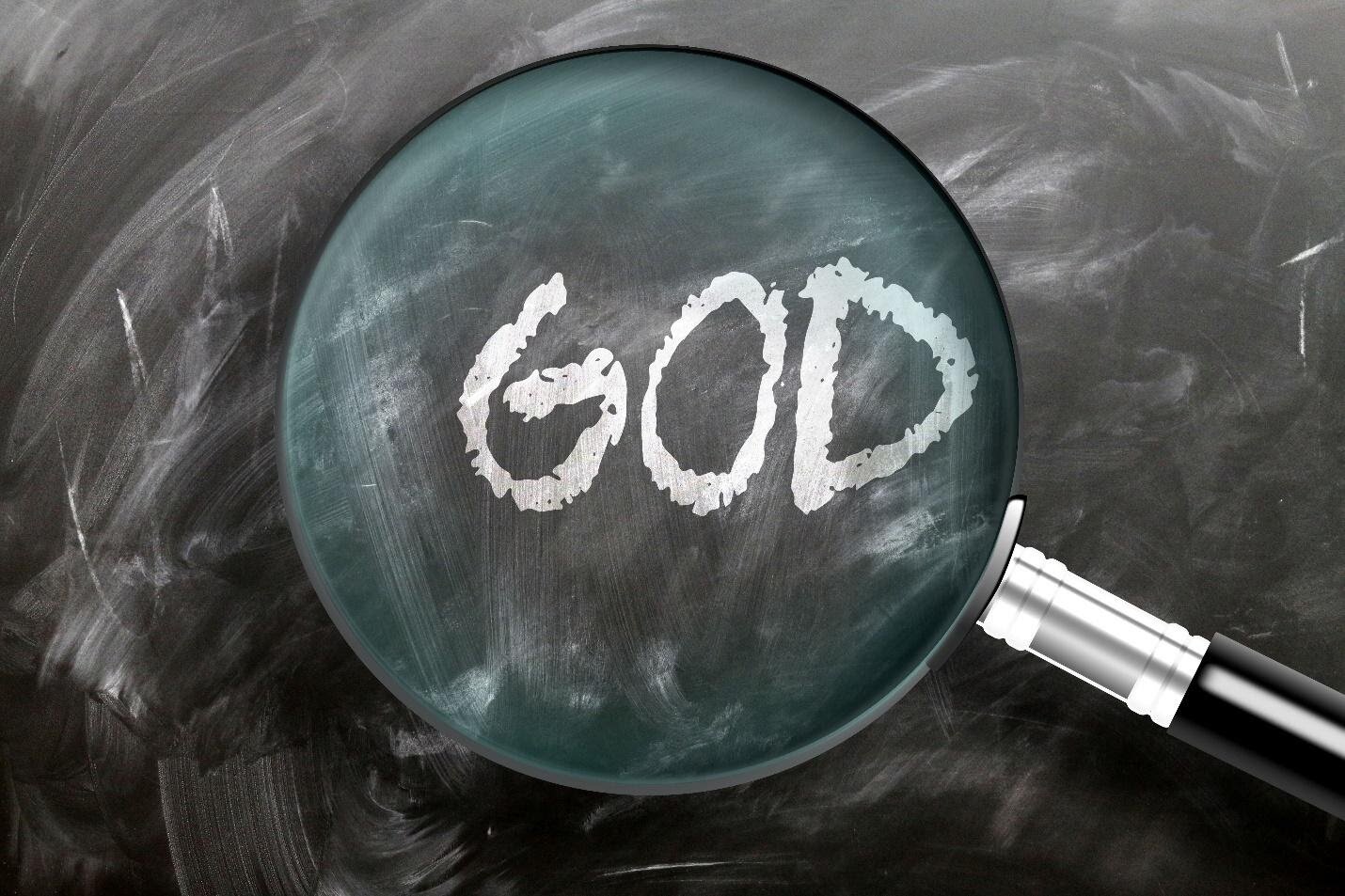Searching for a 21st-Century Understanding of God: Reflections in Light of Dabru Emet
by John T. Pawlikowski
Dabru Emet contributes to the discussion of the God question in our day, both directly and by omission. The omissions come in Dabru Emet’s assertion that the Holocaust was not a Christian phenomenon, as well as in the statement’s failure to acknowledge its impact on our contemporary understanding of the divine presence and divine activity.
Dabru Emet’s direct contribution, which is the focus of this essay, comes in its first claim, which posits that Christians and Jews worship the same God. Several Jewish scholars, largely from the Orthodox Jewish tradition, have taken exception to this assertion on the grounds that Christianity’s proclamation of a Trinitarian vision of God creates a significant differentiation in the way the two religious communities perceive the divine presence.
The notion of the Trinity has posed a continuing challenge in terms of a clear explanation even to Christian believers. Some would simply leave it a mystery. Others have sometimes sought to compare it to a three-leaf clover to try to depict its inner structure. Since the Trinity has been, and still remains, a central tenet of Christianity, its meaning needs continued reflection in the context of the rediscovery of Christianity’s profound Jewish roots.
The Christian notion of a Trinitarian God has been traditionally expressed through the prism of Aristotelian philosophy. The use of the term “person” (e.g., “one God in three persons”) has its origins in this philosophical outlook. In more recent times, the focus has been on the internal dynamic of God through the exercise of love. In the liturgical area some have (unofficially) turned to the use of Creator (Father), Redeemer (Christ), and Sustainer (Holy Spirit) without providing much in the way of theological analysis for this terminology. Some Christian theologians regard such a formulation as a totally unacceptable interpretation of the classical understanding of the Trinity.
Because the classical notion of the Trinity is so deeply embedded in the fundamental template of Christianity, it will not be easy to launch a discussion on possible alternate language for describing the Trinity. But I feel such a discussion rooted in sound research into Christian–Jewish history and religious thought in the first centuries of the Common Era can and should begin. On the Jewish side, the noted scholar on Jewish–Christian relations and wider interreligious relations Alan Brill of Seton Hall University took initial steps in such a discussion in the Shapiro Lecture he delivered at the Catholic Theological Union in November 2020.
One obstacle on the Christian side to beginning such a conversation results from the failure of Christian theologians on the whole to incorporate the new findings that have emerged in the last decades from Christian and Jewish biblical scholarship on the deep-seated interaction between Christianity and Judaism in these early centuries. A recent volume by Mary Doak titled A Prophetic, Public Church is an important first step in bridging this divide.
As we begin our exploration of the Trinity with clear appreciation for its profound rooting in the forms of Judaism in Jesus’ time and the immediate period thereafter (chiefly Pharisaism), the argument can be made that Christian Trinitarian theology was built on a Jewish foundation before it was translated into Greek philosophical terminology. The three “persons” of classical Christian Trinitarian theology grew from established notions in Judaism and continue to remain connected to those notions.
The understanding of God as Creator is hardly a problem. Both religious communities regard the creational accounts found in Genesis as revelatory. Equally, Christianity inherited the notion of God as Father from the Pharisaic tradition in the Second Temple period. As Ellis Rivkin and other scholars have demonstrated, the Pharisaic movement’s embrace of God as Father—despite its downside in terms of gender equality in our day—was meant to underscore an enhanced understanding of divine–human intimacy.
And the notion of the Holy Spirit clearly penetrated the Christian community from the Jewish insistence on the presence of the Spirit in the covenanted Jewish community. Some scholars regard the coming down of the Holy Spirt on the early disciples of Jesus as an interpretation of the Book of Joel. Some Jewish interpreters would argue that the Spirit in the Christian community exhibits a more active role in Christianity than it does in Judaism. Whatever the situation in this regard, there is little question that Judaism gifted Christianity with the notion of the Spirit.
Jesus as the Christ surely remains the principal obstacle to a measure of theological reconciliation between Jews and Christians on the God question, but recent work is exploring this, as well. Daniel Boyarin has argued that Christology was a “job description” already present in Judaism and not specially created for Jesus; Shaul Magid has argued for a measure of “Incarnationalism” within segments of the Jewish community in Jesus’ day, as well as later on in parts of the Jewish mystical tradition; Michael Wyshograd’s understanding of divine penetration of the People Israel definitely lays the ground for further fruitful discussion; and the late respected biblical scholar Raymond Brown’s now-classic study of the question, “Does the New Testament Call Jesus God?” will likewise enhance such a conversation about the understanding of the second “person” of the Trinity in terms of divine structure.
John T. Pawlikowski, OSM, Ph.D., is Professor Emeritus of Social Ethics at Catholic Theological Union in Chicago, Illinois. His chapter, “Towards a Theology of Belonging: A Catholic Christian Perspective,” was recently published in Enabling Dialogue About the Land (Paulist Press, 2020).

